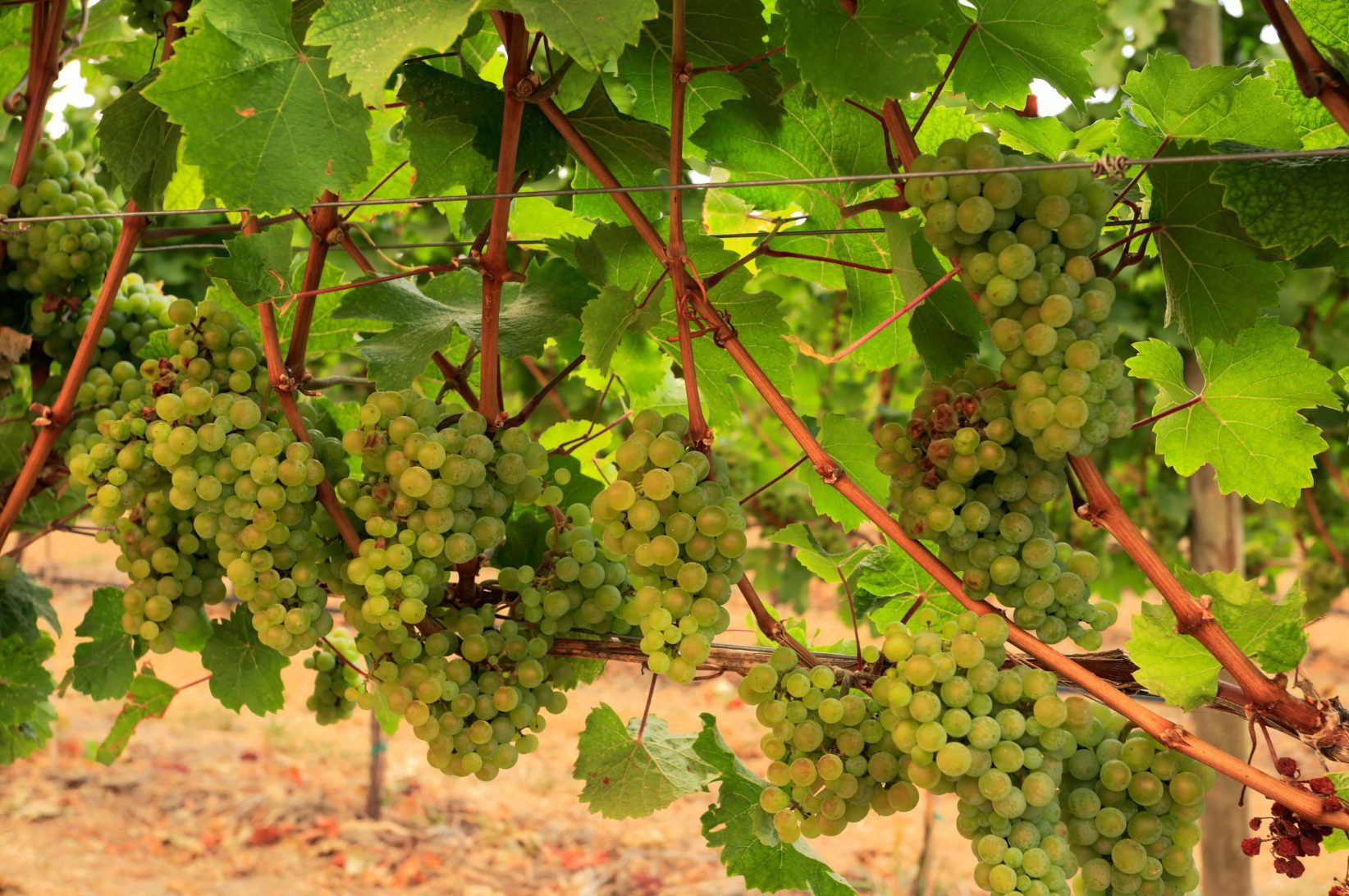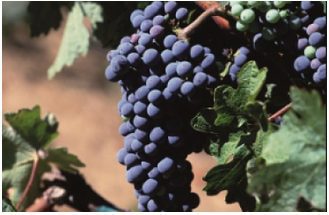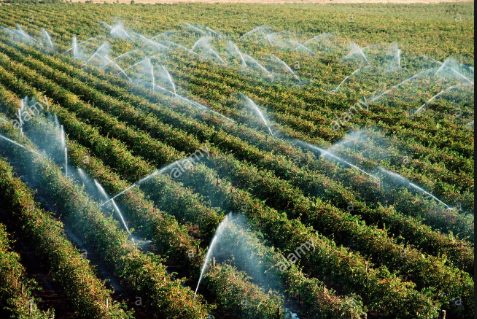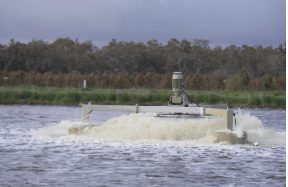How to Achieve Sustainability with Winery Wastewater
body>
How to Achieve Sustainability with Winery Wastewater
Wineries generate a significant amount of wastewater during the wine-making process, including water from cleaning and sanitizing equipment, and from processing grapes. Proper management of this wastewater is crucial for maintaining environmental sustainability and protecting water resources.
vbnet
Copy code
Step 1: Measure and monitor wastewater generation
The first step in managing winery wastewater is to understand how much is generated and where it is coming from. Wineries should regularly measure and monitor their wastewater output to identify any trends or changes in generation.
Step 2: Implement water-saving technologies and practices
Wineries can significantly reduce their wastewater generation by implementing water-saving technologies and practices. This can include upgrading equipment to use less water, installing low-flow fixtures, and implementing water reuse systems. Additionally, simple changes such as reducing the amount of water used for cleaning can also have a big impact on reducing wastewater generation.
Step 3: Treat and reuse wastewater
Where possible, wineries should aim to treat and reuse their wastewater. This can be achieved through a variety of methods, including physical, chemical, and biological treatment processes. Treated water can then be reused for irrigation, cleaning, or other non-potable purposes, helping to reduce the winery’s overall water usage and wastewater generation.
Step 4: Properly dispose of remaining wastewater
For any remaining wastewater that cannot be treated and reused, it is important to properly dispose of it in compliance with all local regulations and guidelines. This may include discharge to a municipal wastewater treatment plant, or to a properly permitted on-site treatment system.
Step 5: Continuously monitor and evaluate
Finally, it is important to continuously monitor and evaluate the winery’s wastewater management practices to ensure they are effective and sustainable over time. Regular monitoring and measurement can help identify any issues or inefficiencies, allowing the winery to make ongoing improvements and adjustments as needed.
In conclusion, proper management of winery wastewater is crucial for maintaining environmental sustainability and protecting water resources. By measuring and monitoring wastewater generation, implementing water-saving technologies and practices, treating and reusing wastewater where possible, properly disposing of remaining wastewater, and continuously monitoring and evaluating, wineries can achieve a more sustainable approach to managing their wastewater.
Contact us so we can discuss how our winery wastewater solutions can help make your business increase efficiency, improve operations and become more profitable. Call us on (03) 5979 1096 Or visit us at www.byjas.com.au and we can provide you with more information.
We service regional town centres, main capital cities, all other regional areas right across Australia. All equipment in manufactured right here in Australia.
SHARE:
What you can read next
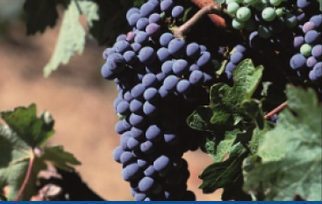
Waste water treatment for Wineries
Wineries across Australia are producing record ...

Specialising in the Winery Industry
We cater to the winery industry in order to red...
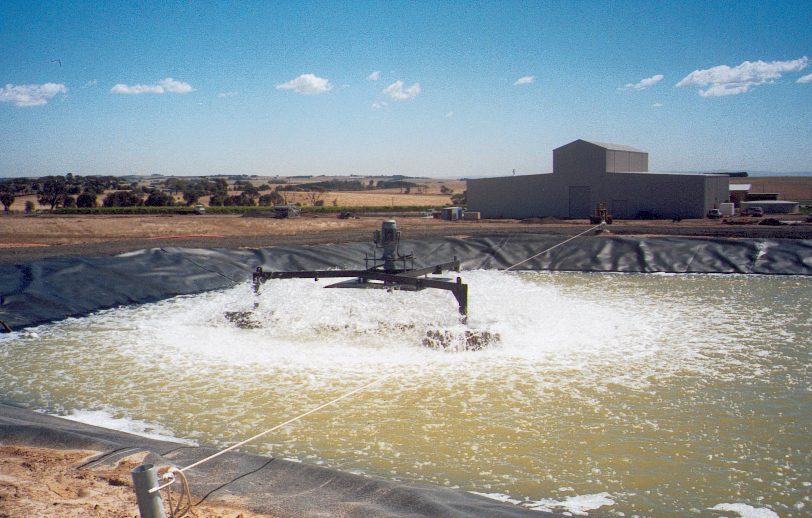
Irrigation efficiency for Wineries
As we know wineries produce wastewater from the...
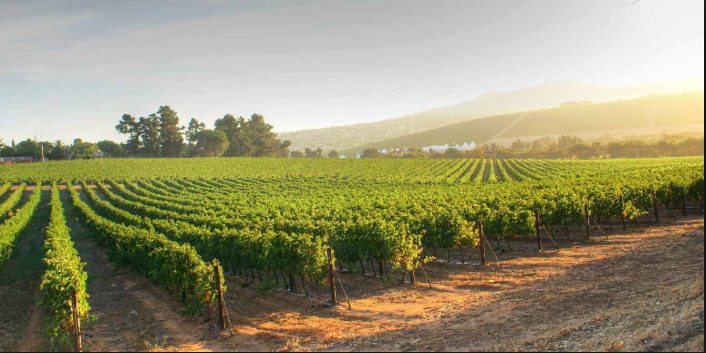
What is Involved in the Process of Winery Wastewater Treatment?
Winery wastewater is generated from the winery’s...

Want to remove waste water efficiently
Are you looking for a cheaper and more environmen...

Why Choosing a Wastewater Equipment Manufacturer Provides a Better Option?
Why Choosing a Wastewater Equipment Manufact...

Why Are Bacteria Used in Sewage Treatment?
Wastewater treatment is society’s way of giving...

